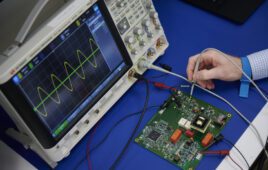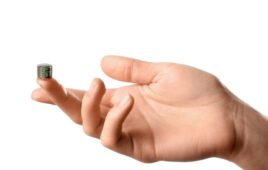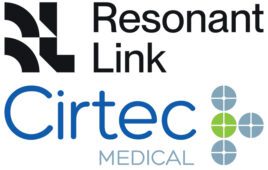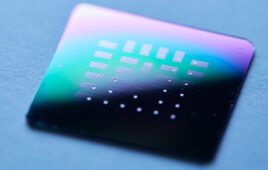Lorenzo Cividino/Director Global Applications and Support/SL Power Electronics
 Power supplies are an essential part of all electronic equipment. They provide the regulated voltages and protection to the electronics, performing vital functions necessary to achieve a device’s intended purpose. Ac-to-dc power supplies, for example, serve as an interface and provide isolation between the power utility’ hazardous alternating current (ac) and the required, lower-voltage direct current (dc).
Power supplies are an essential part of all electronic equipment. They provide the regulated voltages and protection to the electronics, performing vital functions necessary to achieve a device’s intended purpose. Ac-to-dc power supplies, for example, serve as an interface and provide isolation between the power utility’ hazardous alternating current (ac) and the required, lower-voltage direct current (dc).
Choosing the right power supply is imperative for an overall successful product. The ongoing goal of increased density, reliability, and efficiencies mean power specifications must be reviewed carefully. Product life, temperature, input voltage, load and cooling are vital considerations. So are meeting standards for safety, Electromagnetic Compatibility (EMC) and regulatory environmental impact compliance.
Today’s power supplies must meet stringent safety requirements and performance testing, adhering to various standards as well as Electromagnetic Interference (EMI) and EMC standards. Medical equipment must meet medical equipment safety regulatory standards such as IEC/EN/CSA/UL60601-1 3rd edition. In most cases, power supplies for Information Technology Equipment (ITE) or commercial equipment do not provide the performance, in terms of product safety, reliability and product life, needed by medical devices.
In addition to the safety regulatory requirements, EMI and EMC are specifically defined for medical equipment as a collateral standard to the safety standard for many countries (North America and Europe) by IEC60601-1-2. The standard defines EM emissions and immunity requirements. For immunity requirements, there are various levels of interference immunity which need to be considered as well as the acceptance criteria. For example, it may be acceptable for a product to momentarily lose power during an electrostatic discharge or ac mains surge, as long as it recovers automatically. In other cases, it is expected to continue to operate without impact from the event. Consequently, it is inadequate and not helpful to specify an immunity standard without defining a level and acceptance criteria.
Defining a power supply requirement calls for thoroughness and detail, and knowledge of what type of power supply is best suited for the application. For example, is an external versus an internal power supply needed? An external is a stand-alone product with its own enclosure and ac input cord or connector and an output cord and connector. Internal power supplies are embedded in their equipment. There are pros and cons for each: Cost, size, convenience, and performance are all considerations. Further details regarding EMC standards are available at www.slpower.com.
The type of ac input is also something to consider. A Class I ac input has three conductors (line, neutral and earth ground), while a Class II input has two conductors (line and neutral, or line two) and does not have an earth ground. Class II products may be more universally acceptable because some end uses may not have an ac source with an earth ground. However, Class II products require additional levels of insulation and EMI filtering. They may also cost more, due to the difficulty of achieving the required performance without an earth ground reference.
Product life and reliability are related but different. Reliability is measured in terms of probability of operating, or failing. The measure of this is expressed by Mean Time Between Failures (MTBF) estimates and is a reasonable figure of merit when comparing products. The method used in estimating the MTBF is important to know to make a fair comparison. There are different estimation procedures (MILHDBK-217 and Telecordia SR-332 are examples) and within the procedures, there are different methods with varying complexities and assumptions. Product life, however, refers to component wear-out mechanisms and is not really reflected in MTBF estimation. For that reason, look for product-life data as well as reliability data. A computer power supply can be quite reliable, but is not designed to last more than a few years of continuous operation. Medical power supplies, on the other hand, are expected to last five to 10 years or more.




